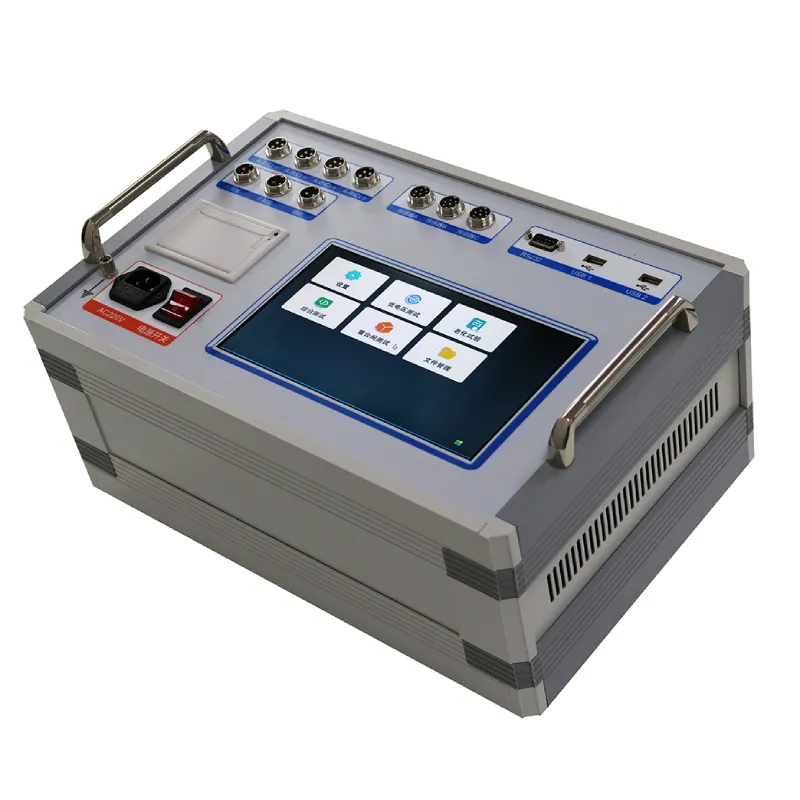 English
English



-
 Afrikaans
Afrikaans -
 Albanian
Albanian -
 Amharic
Amharic -
 Arabic
Arabic -
 Armenian
Armenian -
 Azerbaijani
Azerbaijani -
 Basque
Basque -
 Belarusian
Belarusian -
 Bengali
Bengali -
 Bosnian
Bosnian -
 Bulgarian
Bulgarian -
 Catalan
Catalan -
 Cebuano
Cebuano -
 China
China -
 China (Taiwan)
China (Taiwan) -
 Corsican
Corsican -
 Croatian
Croatian -
 Czech
Czech -
 Danish
Danish -
 Dutch
Dutch -
 English
English -
 Esperanto
Esperanto -
 Estonian
Estonian -
 Finnish
Finnish -
 French
French -
 Frisian
Frisian -
 Galician
Galician -
 Georgian
Georgian -
 German
German -
 Greek
Greek -
 Gujarati
Gujarati -
 Haitian Creole
Haitian Creole -
 hausa
hausa -
 hawaiian
hawaiian -
 Hebrew
Hebrew -
 Hindi
Hindi -
 Miao
Miao -
 Hungarian
Hungarian -
 Icelandic
Icelandic -
 igbo
igbo -
 Indonesian
Indonesian -
 irish
irish -
 Italian
Italian -
 Japanese
Japanese -
 Javanese
Javanese -
 Kannada
Kannada -
 kazakh
kazakh -
 Khmer
Khmer -
 Rwandese
Rwandese -
 Korean
Korean -
 Kurdish
Kurdish -
 Kyrgyz
Kyrgyz -
 Lao
Lao -
 Latin
Latin -
 Latvian
Latvian -
 Lithuanian
Lithuanian -
 Luxembourgish
Luxembourgish -
 Macedonian
Macedonian -
 Malgashi
Malgashi -
 Malay
Malay -
 Malayalam
Malayalam -
 Maltese
Maltese -
 Maori
Maori -
 Marathi
Marathi -
 Mongolian
Mongolian -
 Myanmar
Myanmar -
 Nepali
Nepali -
 Norwegian
Norwegian -
 Norwegian
Norwegian -
 Occitan
Occitan -
 Pashto
Pashto -
 Persian
Persian -
 Polish
Polish -
 Portuguese
Portuguese -
 Punjabi
Punjabi -
 Romanian
Romanian -
 Russian
Russian -
 Samoan
Samoan -
 Scottish Gaelic
Scottish Gaelic -
 Serbian
Serbian -
 Sesotho
Sesotho -
 Shona
Shona -
 Sindhi
Sindhi -
 Sinhala
Sinhala -
 Slovak
Slovak -
 Slovenian
Slovenian -
 Somali
Somali -
 Spanish
Spanish -
 Sundanese
Sundanese -
 Swahili
Swahili -
 Swedish
Swedish -
 Tagalog
Tagalog -
 Tajik
Tajik -
 Tamil
Tamil -
 Tatar
Tatar -
 Telugu
Telugu -
 Thai
Thai -
 Turkish
Turkish -
 Turkmen
Turkmen -
 Ukrainian
Ukrainian -
 Urdu
Urdu -
 Uighur
Uighur -
 Uzbek
Uzbek -
 Vietnamese
Vietnamese -
 Welsh
Welsh -
 Bantu
Bantu -
 Yiddish
Yiddish -
 Yoruba
Yoruba -
 Zulu
Zulu
flash point and fire point
Understanding Flash Point and Fire Point Key Concepts in Fire Safety and Combustion Science
Fire safety is a crucial aspect of handling and storing flammable substances. Two important concepts within this domain are the flash point and the fire point. Both terms are used to describe the temperatures at which a substance can ignite, yet they refer to different phenomena. Understanding these two concepts is vital for ensuring safe practices in various environments, from laboratories to industrial settings.
Defining Flash Point and Fire Point
The flash point is defined as the lowest temperature at which a liquid produces enough vapor to form an ignitable mixture with air. At this temperature, a small flame or spark can ignite the vapor, leading to combustion. Flash points vary widely among different substances; for example, gasoline has a flash point of approximately -43°C (-45°F), while heated oils may have flash points exceeding 200°C (392°F).
In contrast, the fire point is the temperature at which a substance not only produces sufficient vapor to ignite but can also sustain combustion for a specified period. This temperature is generally higher than the flash point. Once a material reaches its fire point, it will continue to burn even after the ignition source is removed. Understanding both of these points is essential for effective fire risk assessment and management.
Factors Influencing Flash and Fire Points
Several factors affect the flash and fire points of a substance, including its chemical composition, pressure, and purity. More volatile substances generally exhibit lower flash points because they can vaporize easily. As the temperature rises, the rate of vaporization increases, leading to a higher concentration of flammable vapors in the air.
Atmospheric pressure also plays a significant role. Higher pressures can raise the boiling points of liquids and, consequently, their flash and fire points. Conversely, in reduced pressure environments, such as at high altitudes, these points can decrease, increasing the risk of ignition.
flash point and fire point

Significance in Safety Protocols
In industries dealing with flammable materials, knowing the flash and fire points is essential for safety protocols. These values allow for the classification of materials and the establishment of appropriate handling and storage procedures. For instance, materials with low flash points are often regulated strictly, requiring them to be stored in explosion-proof containers and away from heat sources.
In laboratories, understanding these concepts helps in the design of safe experimentation procedures. Proper ventilation, use of flame arrestors, and appropriate choice of personal protective equipment (PPE) are all influenced by the flash and fire points of the substances being handled.
Testing and Measurement
To accurately measure the flash and fire points of substances, standardized methods are employed, such as the Pensky-Martens closed cup test and the Cleveland open cup test. These tests help determine how hazardous a material can be in various conditions, aiding in the implementation of safety measures.
Conclusion
The flash point and fire point are critical parameters in the world of fire safety and combustion science. By understanding the distinctions between these two points, industries and laboratories can mitigate risks associated with flammable materials. Adopting stringent safety standards based on these concepts not only protects human life but also safeguards property and the environment. As technology advances, continuous research into these properties will enhance our capabilities in fire prevention and safety management, ensuring a safer future in handling flammable substances.
-
Testing Equipment Industry Sees Major Advancements in 2025: Smart & Precision Technologies Lead the WayNewsJun.06,2025
-
Applications of Direct Current Generators in Renewable Energy SystemsNewsJun.05,2025
-
Hipot Tester Calibration and Accuracy GuidelinesNewsJun.05,2025
-
Digital Circuit Breaker Analyzer Features and BenefitsNewsJun.05,2025
-
Benefits of Real-Time Power Quality Monitoring Devices for Industrial EfficiencyNewsJun.05,2025
-
Earth Fault Loop Testing in High-Rise Building Electrical SystemsNewsJun.05,2025



